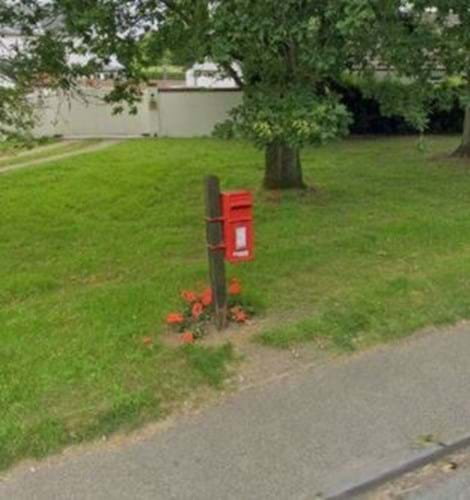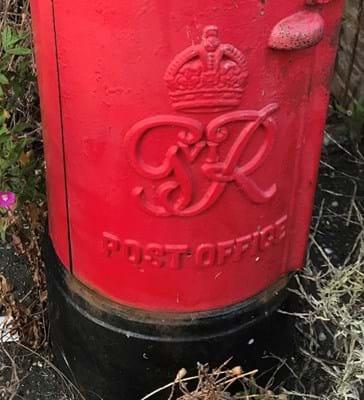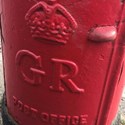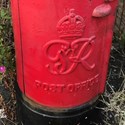Reported instances of boxes taken include in Wixoe, Cowlinge, Hawkeden, Stoke by Clare, Chedburgh and Depden Green in Suffolk and Ashwicken near King's Lynn and in East End, High Street in Thornham, near Hunstanton in Norfolk.
Police said the boxes taken are not the modern examples but those featuring the royal cypher of George V or George VI. However it is believed all those taken were lamp boxes on posts rather than pillar boxes (the larger free-standing versions).
A Royal Mail spokesperson said: “We are aware that there has been a number of thefts of postboxes. Royal Mail has over 115,000 postboxes across the UK and the theft of postboxes is relatively rare.
“However, Royal Mail takes the issue very seriously, and works closely with law enforcement agencies to prevent the unlawful removal of postboxes. We also deploy preventative measures and technologies to deter theft. These measures include forensic tags, permanent metal marking systems and electronic tracking. In the event that a crime is committed, these features can help our investigators to identify and trace stolen property as well as potential offenders.”
Royal Mail said it is planning to replace those that are missing.

The postbox on The Green in Chedburgh which was one of those stolen Image credit: Google Maps.
There are 115,500 pillar, wall, and lamp boxes across the UK.
According to The Trollope Society pillar boxes were introduced to Britain in 1854 in the Channel Islands on the recommendation of Anthony Trollope. Originally painted sage green, it was not until 1874 that they were painted the familiar red.
London got its first pillar boxes in 1855. There were initially only five: Fleet Street, The Strand, Pall Mall, Picadilly and Rutland Gate (Kensington).









